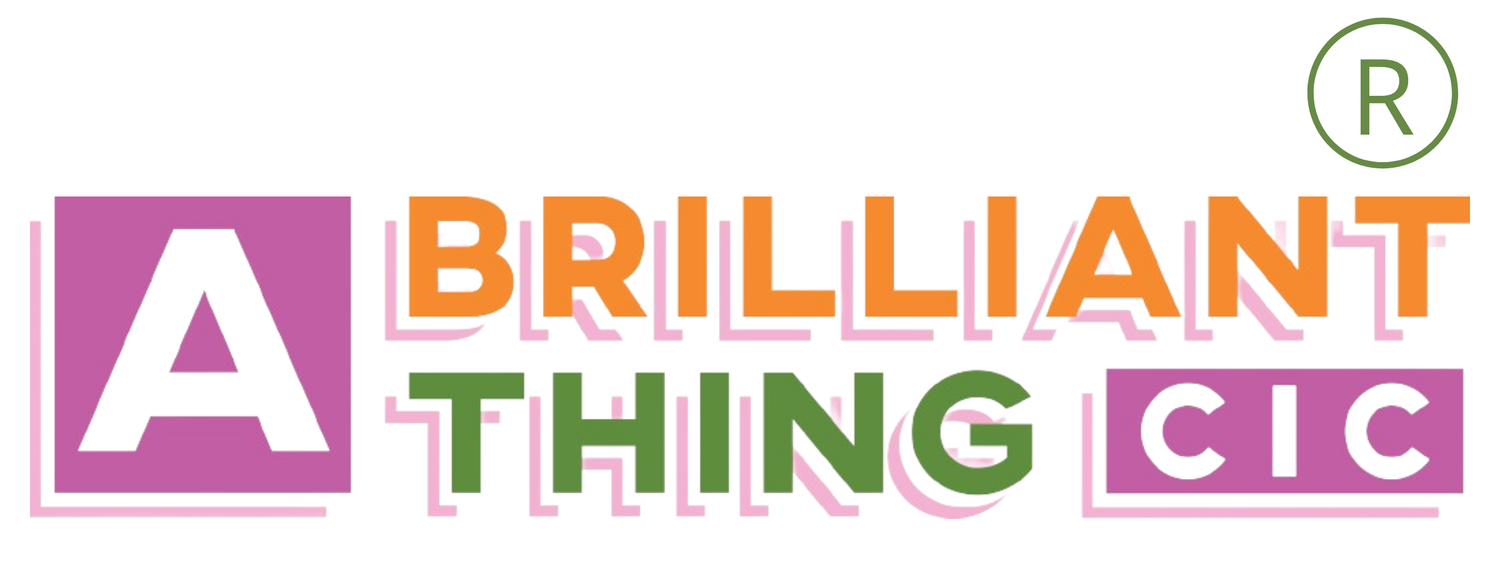Starting the conversation
By Mark Whittaker, written for Bolton Trauma Informed Toolkit
It can be challenging to know how to help someone when they have been through a crisis or emotional trauma. Starting the conversation can often be a difficult for both parties. Sometimes we do not need to talk about the trauma, as this can be retraumatising, and instead we can focus on supporting people through the impact of the trauma. This might mean supporting the person to have a conversation with a therapist or specialist worker.
When conversations about trauma happen, these pointers can help,
‘Safety first’ This is the most important point to remember and follow, and also the foundational principle of being trauma-informed
‘Safety’ applies to: physical, geographical space (e.g. the building and room; the ‘place’ in which you are speaking)
AND
Emotional space i.e. atmosphere and comfort levels, your own and those of the person to whom you are speaking.
Consider the nature of your relationship to the person you are concerned about and its possible implications for your conversation.
Your role is to be supportive, not to offer healing or therapeutic support unless you are interacting in a professional therapeutic capacity
Words to Start the Conversation
Offering support to someone who has experienced something difficult can begin with a simple statement or open-ended question.
“I’m so sorry ______ happened.”
“Can you tell me what happened?”
“How are you holding up right now?”
What do you miss the most?
What is the hardest part for you?
What is the hardest time of day for you?
When you start a conversation, the person might not want to talk. That’s okay. Asking helps to establish that you’re willing to listen, and you are someone they can trust if and when they are ready to talk. Your support and presence means more than you think.
Top Tips
Choose the time and place for the conversation if you can
Try to minimise the possibility of any distraction or of anything taking attention away from the main issue. Find a space which is ‘private’ and assure that the conversation will be kept confidential.
Engage in quality listening. Listen carefully to what the person is saying, and connect to their words while you keep monitoring how comfortable they are with the conversation.
Avoid going into too much detail. Too much detail may cause the person to become overwhelmed.
Validate what the person is saying. Be a supportive witness to what the person is telling you. This is not necessarily the same as knowing ‘exactly what happened’.
Ask the person how they are feeling after (as well as during) the conversation.
Keep in Mind
There are several key principles to keep in mind throughout any conversation.
Your approach and style should be empathic at all times
Tune into their verbal and non-verbal communication
Consider what may have happened to the person rather than what is ‘wrong’ with them
Recognise that a person’s ‘problematic’ behaviours and responses may be their attempts to protect themselves and to cope with stress
Listen to and validate the person (don’t ‘talk over’ them or contradict them)
Recognise the signs of stress (which may take the form of visible agitation, such as accelerated pace, raised voice OR silence, glazed expression and ‘shut down’).
If the person initially says they are ‘okay’ but you are still concerned, you can gently ask a second time as the first response may be automatic. Do not persist if the person is reluctant/insistent.
Don’t give advice unless you are asked for it (e.g. avoid saying ‘Have you tried…?’)
Inquire about who the person might contact for support. Provide them with the contact numbers for any relevant services or where to find them if necessary (See the Contact and Referral List)
Ensure the person does not leave the conversation in a distressed state
Remember that the way in which you interact with the person (and not just what you say/do) is important for their safety.
Continuing The Conversation
Once you’ve started the conversation about emotional trauma, it’s important to continue it and help them talk through their feelings. You can say:
Is there anything in your room/home you would like to change to feel more comfortable?
Would you like to talk about it?
I’m available (be specific, time, date, place), can we get together to talk?
When you are ready to talk about it, I’m here for you.
I’m thinking about you, especially today, because I’m aware that today is ________ (anniversary of the event, your birthday, etc.). I’m here to listen if you want to talk or just spend time together .
When To Pause The Conversation
While talking through emotional trauma, there may be instances where talking could do harm.
Some trauma survivors find it difficult to talk about what happened. Don’t force your loved one to open up but let them know you are there to listen if they want to talk, or available to just hang out if they don’t.
Try not to discuss the trauma and/or post-traumatic stress symptoms at times of high stress or tension. If possible, wait for a time when you and your loved one are calm and when there are no distractions.
What To Expect
Discussing trauma can be hard for the survivor and listener. Although every trauma and conversation are different, there are some common themes on what you can expect during your conversations:
Prepare yourself mentally and spiritually to hear things that may be difficult to listen to.
Plan to take things slowly– don’t expect people to pour out every detail of his or her trauma the first time that you discuss it. It may take weeks, months, or even years to fully comprehend what has happened.
Focus on listening, instead of asking. During your conversations, asking too many probing questions could feel threatening and very unsettling.

